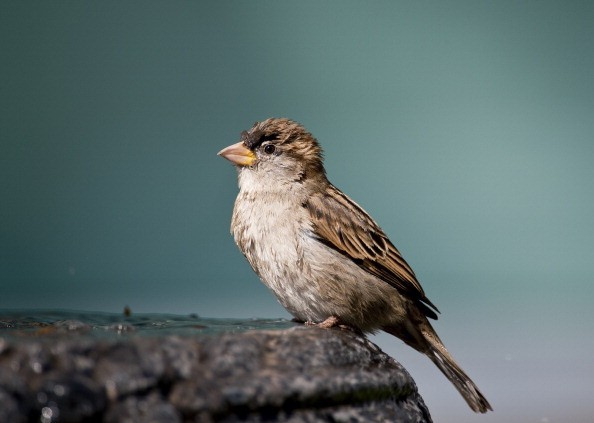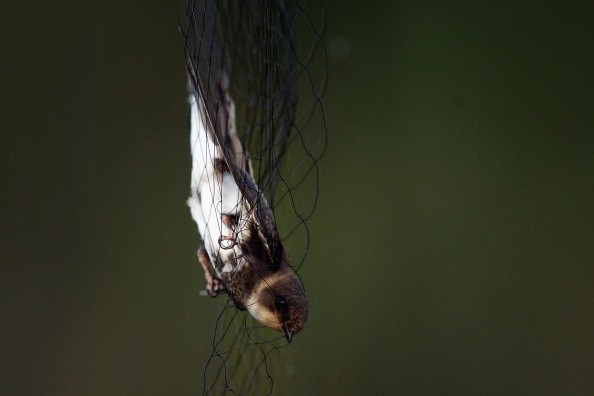Over a quarter of birds endemic to Britain are on the RSPB's red list and this means that their numbers are reducing rapidly.
The greenfinch, for example, has just been added to the red list. Species like swift and house martin come to the UK for the spring and summer before heading south to warmer climates.
However, the conditions they face in the UK and throughout their migration paths have a substantial impact on their survival, according to Phys.org.
Most species that we see in our gardens and balconies are threatened. Here are ways to save them.

1. Clean or change bird baths and feeders frequently
With the exception of starlings, birds seldom come into close proximity in the wild. Diseases are less likely to spread when people aren't in close touch.
This dynamic is altered by the presence of bird feeders. When a bird feeder is present, a wide variety of bird species congregate in the same area to feed. Because birds commonly excrete germs in the areas where they feed, this contributes to the spread of illness.
Keeping garden bird's feeders and baths clean may help minimize this danger.
2. Build nesting boxes for birds
Putting up nest boxes in the backyard is a popular way for humans to aid birds. Because robins and small-holed tits prefer to nest in open boxes, these boxes have been designed for them. Nest boxes made to look like the nooks and crannies seen in old trees are a popular choice among birdwatchers.
If people offer swifts and house martins with man-made nesting areas, they'll happily accept them-with a few changes for their requirements.
If residents want house martins to nest in a pre-made or homemade nest cup, they will do so.
It takes more effort to get swifts to nest in boxes, but they will do so. The easiest technique to attract them to the nest box is to broadcast their shrieking cry via a speaker positioned nearby.
3. Add some pollinator-friendly plants
House martins and house sparrows, two species that are likely to be added to the red list, are insect-eating birds. Because insect populations have plummeted, it is understandable that these bird predators are having difficulty keeping up with their demands and providing for their young.
Set aside an area of a garden or balcony that is a little more unkempt and weedy in order to attract bugs. The garden might benefit greatly from the addition of pollinator-friendly plants such as lavender, foxglove, and sedum.

4. Try reducing dangers most birds face
House sparrows, which are still on the red list, can be preyed upon by domestic cats, which are predators. It's possible that the mere sight of cats will scare birds away, reducing the number of young they can bear.
This might have a much greater influence on bird populations than the amount of cats that prey upon them.
In addition, since birds are more susceptible in the early morning when they rise and begin searching for food, you may want to limit the time of day that cats are permitted outdoors. Instead, keep cats inside at all times. Cats are often kept inside in both Australia and the United States.
Related Article : Simple Steps You Can Do to Help Conserve Birds
For more news, updates about birds and similar topics don't forget to follow Nature World News!
© 2025 NatureWorldNews.com All rights reserved. Do not reproduce without permission.




